City between sky and sea
Jutting out into the southern Tyrrhenian Sea with its three splendid "peaks" (Ligny tower, Casina Nasi, Colombaia) overlooking the sunset, Trapani ideally divides the Mediterranean in two: to the north you look at the European continent, to the south at the African one. Trapani, a border city between two worlds which find an extraordinary synthesis here: Christianity and Islam, emigration and hospitality, salt and spices, sand and corals.
An urban fabric, at times with an Arab atmosphere, leaves room for Renaissance, Baroque and Art Nouveau architecture. A true riot of churches, palaces and ancient bastions tell of its splendid past and give us memorable glimpses.
Trapani is a city to visit all year round, but it is in the summer that it becomes irresistible. Its wonderful urban beaches, a few steps from the streets of the historic centre, are a real attraction on hot days. The idea of a relaxing break immersed in a setting of incredible colors is excellent.
And your break will be even more pleasant in the company of a fresh granita or a delicious cannoli.
Trapani is also an obligatory stop for those who want to reach the Egadi islands ; From its port, every day, numerous hydrofoils and ferries leave for Favignana, Marettimo and Levanzo .
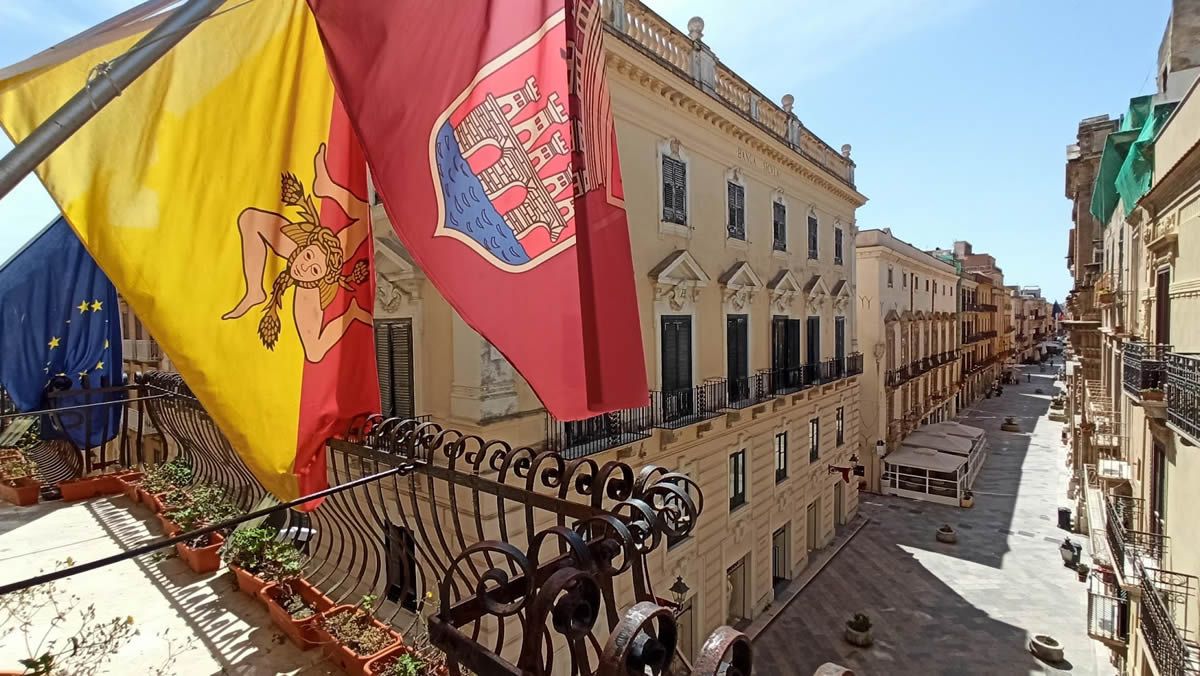
Discovering the historic center of Trapani
Starting your walk from the former Piazza Mercato del pesce , once bustling with street vendors and shoppers, you will immediately feel catapulted into the past of this corner of Sicily. The ancient Mura di tramontana begin here, a system of fortifications dating back to the Spanish domination. A long balcony overlooking the sea that can only be done on foot, in the company of seagulls, from which you can enjoy an extraordinary panoramic view: the ancient Conca bastion, in the background, the long beach under the walls, once a refuge for fishermen, a sight to behold especially at sunset.
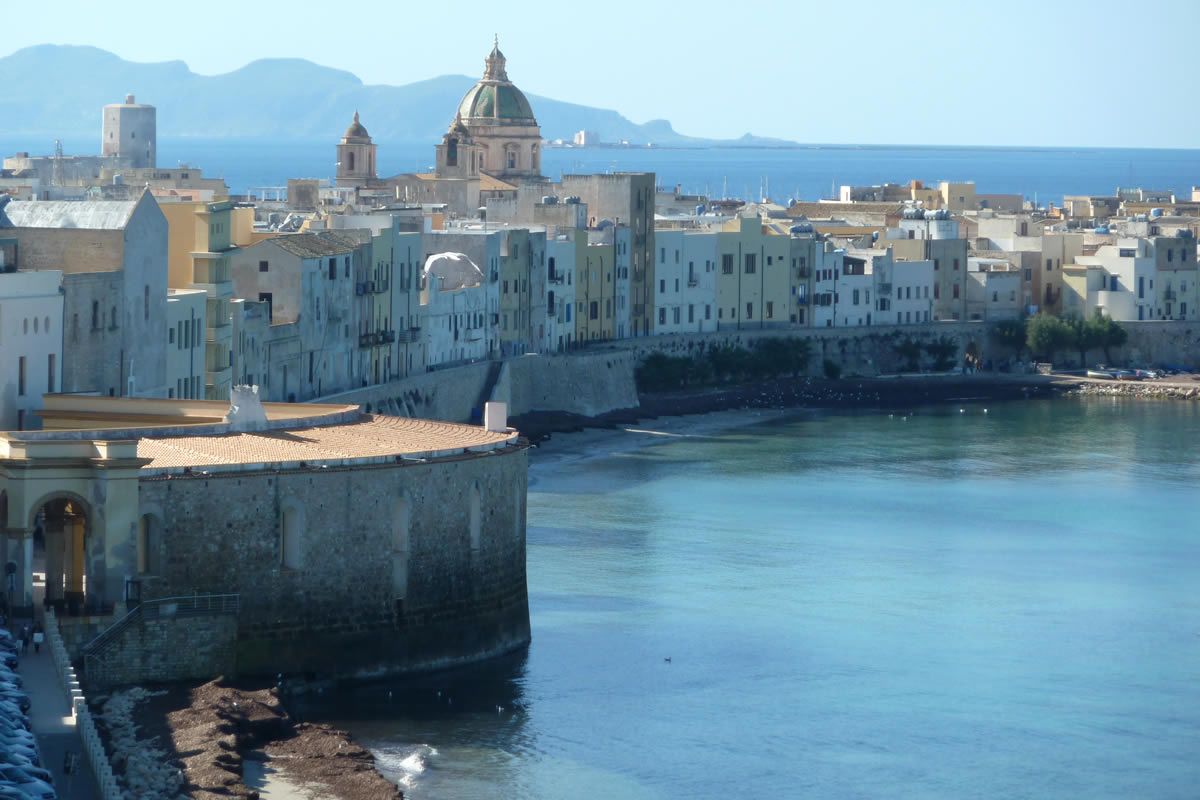
Going down the narrow staircase you immerse yourself in what was once the fishermen's and coral fishermen's quarter. Not far away is Largo delle Sirene , whose name already foretells a mythical view of the sea, then you continue to Torre di Ligny .
With its quadrangular shape, its massive appearance, this Spanish tower stands alone on the extreme tip of the city. A highly suggestive place, from which you can admire the Egadi Islands in the distance and fabulous sunsets.
Inside, the Civic Anthropological Museum collects remains and testimonies of the past. Climb its steep stone steps to the large terrace, you can admire the entire city, the Castello di Mare and Monte Erice.
Continuing the walk towards the Colombaia or Castello di mare you come across the fishing port, always teeming with fishermen and seagulls. Built on a small island, right in front of the port of Trapani, in 260 BC by the Carthaginians, the Colombaia is today considered the symbol of the city and its rich past.
Not far from the Colombaia, Nunzio Nasi, minister of the Italian government at the beginning of the 20th century, built his refuge, the Villino Nasi , on a rock. A small stone building that still exudes all its charm.
Returning towards the centre, in via Barlotta you will find the Church of San Francesco D'Assisi . Built on the remains of a previous Franciscan church from 1200, some parts of which can still be seen on the outside, the church has an adjoining convent, while the classical portal was added in 1700 by the architect Gian Battista Amico.
A little further on, following Via Nunzio Nasi you arrive at the Church of Purgatory.
Famous for the presence inside of the Mysteries of Trapani, twenty groups of statues in canvas, wood and glue, the Church of the Holy Souls of Purgatory is located in the square of the same name a few steps from the Cathedral of San Lorenzo . Its beautiful baroque facade created by the architect Giovanbattista Amico is characterized by the presence of the twelve statues of the Apostles in stuccoed marble.
The groups of the Mysteries are the protagonists of one of the most evocative Easter processions in Sicily, carried on the shoulders of the faithful for twenty-four hours along the streets of the city on Good Friday.
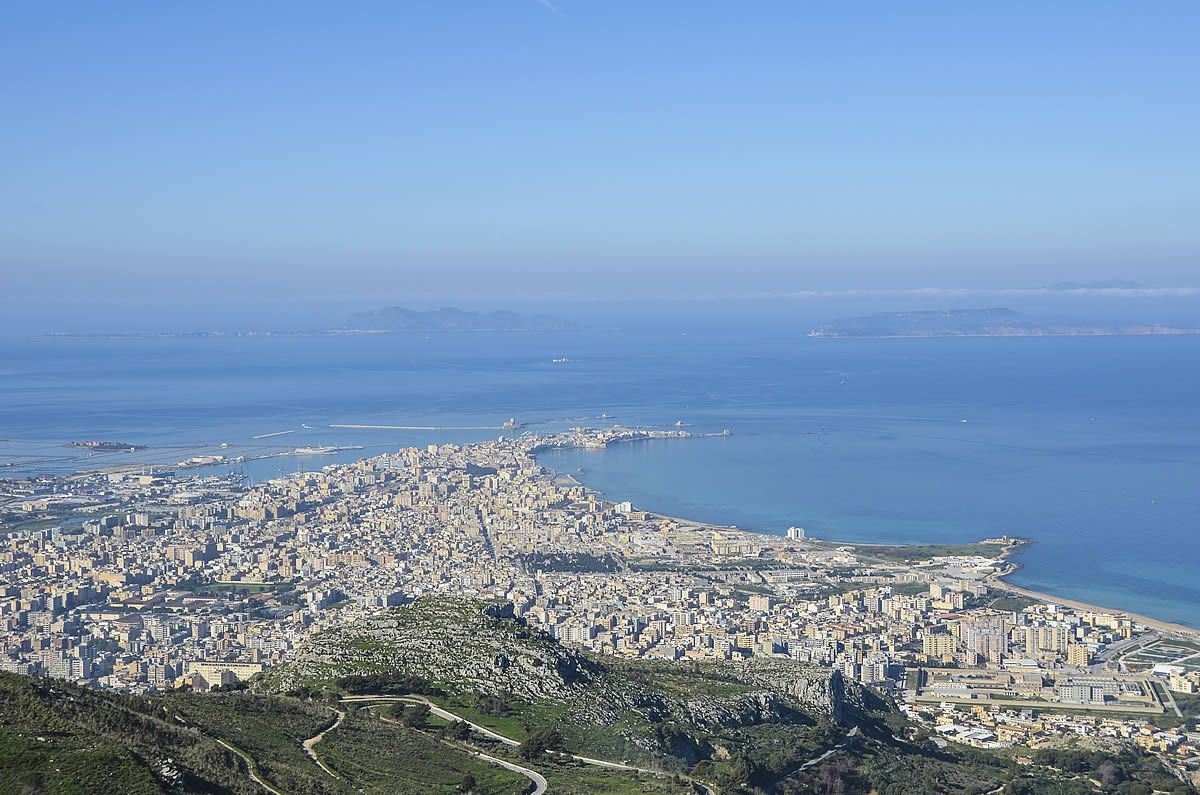
Not far from the Church of Purgatory, you look out onto the main street where the Cathedral of San Lorenzo , dating back to 1300, is located.
Renovated for the first time in 1639, the building took on its current appearance in 1748, thanks to the restoration by the architect Giovanni Biagio Amico with a bell tower and arched portal.
Inside there are three naves and several works of refined workmanship. Interesting is a Dead Christ attributed to the Flemish painter Van Dyck .
Corso Vittorio Emanuele is the city's living room, a meeting place and a place for shopping. It overlooks the wonderful complex of the Church of the Jesuit College built in 1596. The classical façade is splendid, enriched by baroque elements, while inside the three naves are a triumph of stucco by Sanseverino, a student of Serpotta.
A few more steps and you find yourself in the delightful Piazzetta Saturno, with the fountain built in 1342 to commemorate the construction of the city's first aqueduct and Sant'Agostino , the former Chapel of the Knights Templar from 1100.
Linked news

Trapani, port for the Egadi Islands
Useful information for embarking towards Favignana, Levanzo and Marettimo
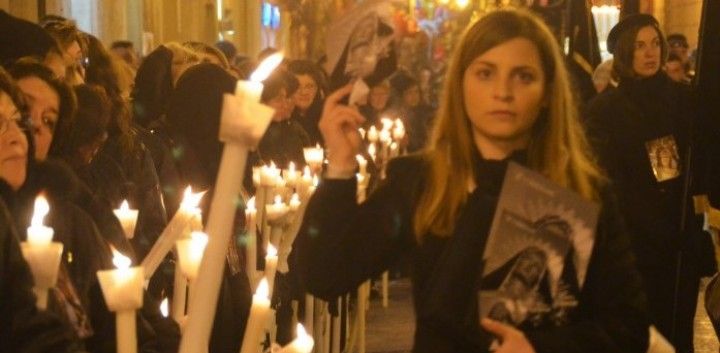
The ancient Procession of the Mysteries of Trapani
Tradition, religion and art enclosed in a 24-hour procession.
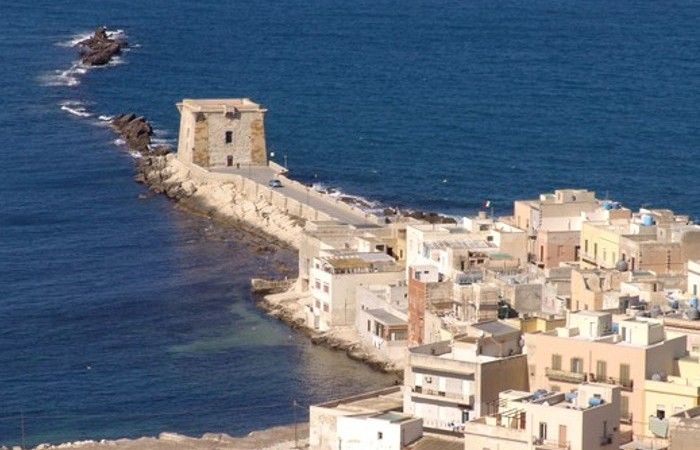
Trapani, 10 TOP things to see
Trapani, lying on the extreme tip of western Sicily, with its sickle shape is bathed to the north by the Tyrrhenian Sea and to the south by...
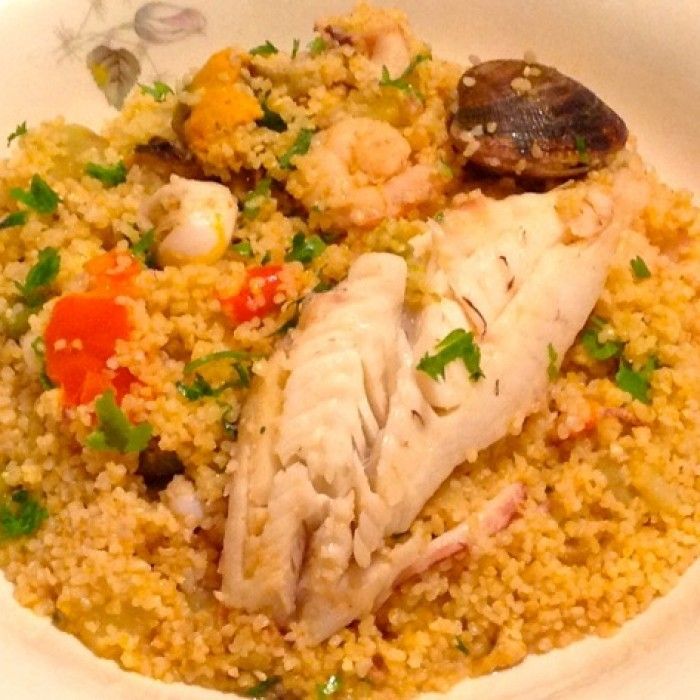
Cous Cous Trapanese style
Trapani-style fish couscous is one of the most renowned recipes of Sicilian cuisine, typical of North Africa, in Arabic Kuskusu

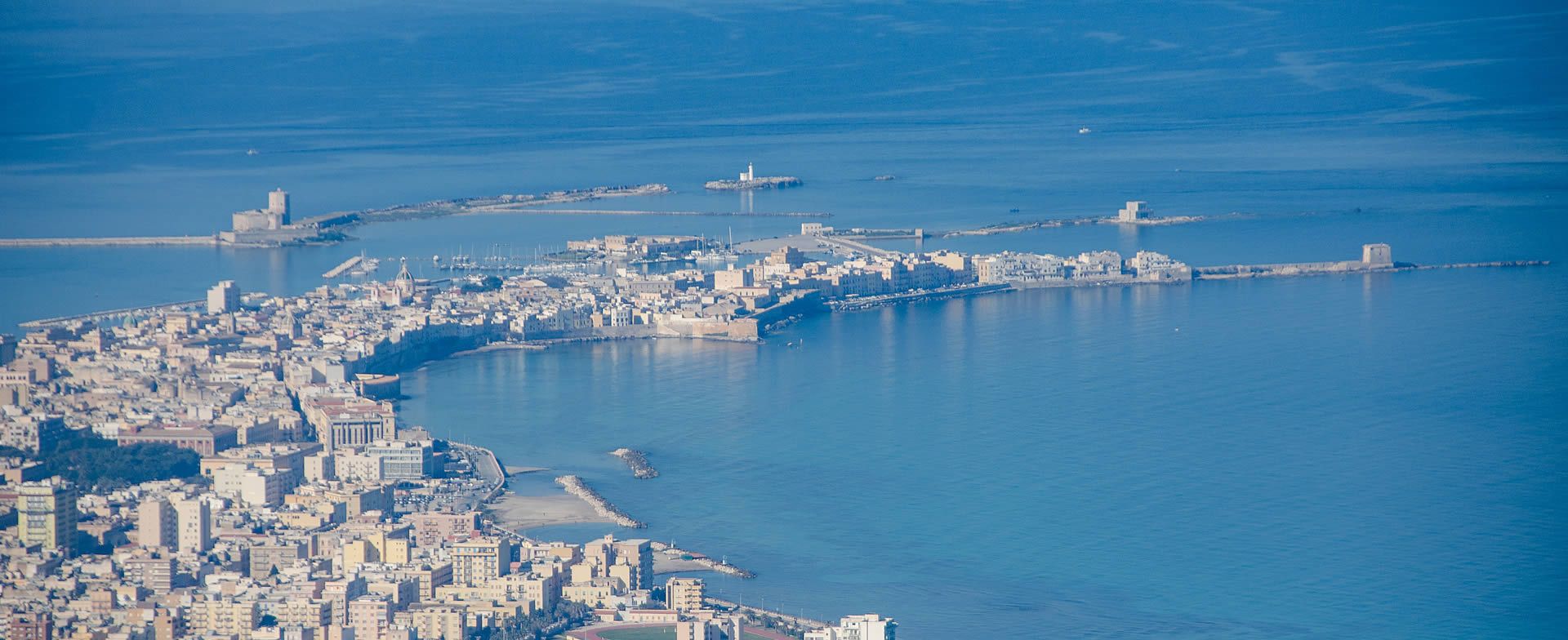
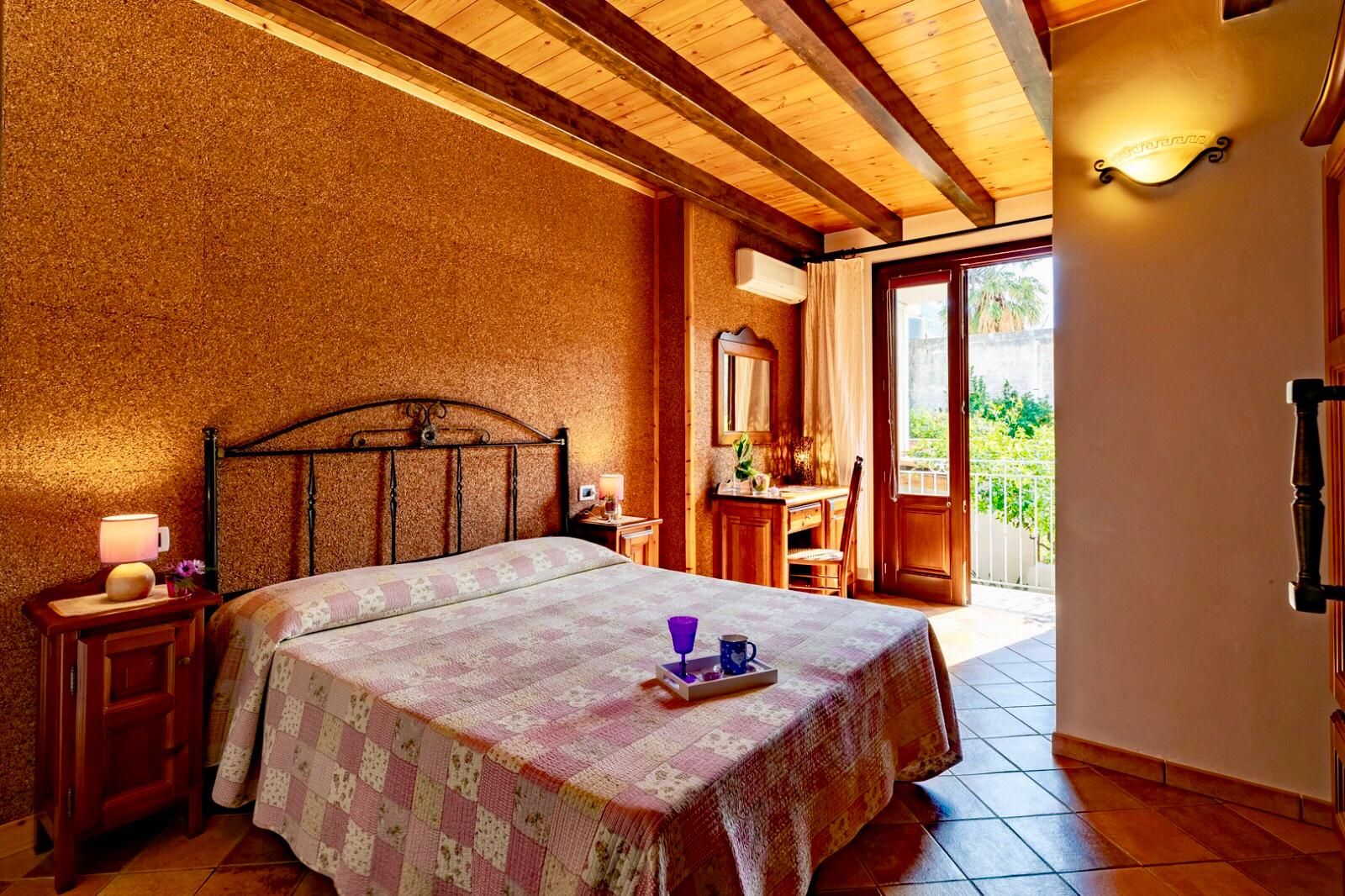

.jpg)

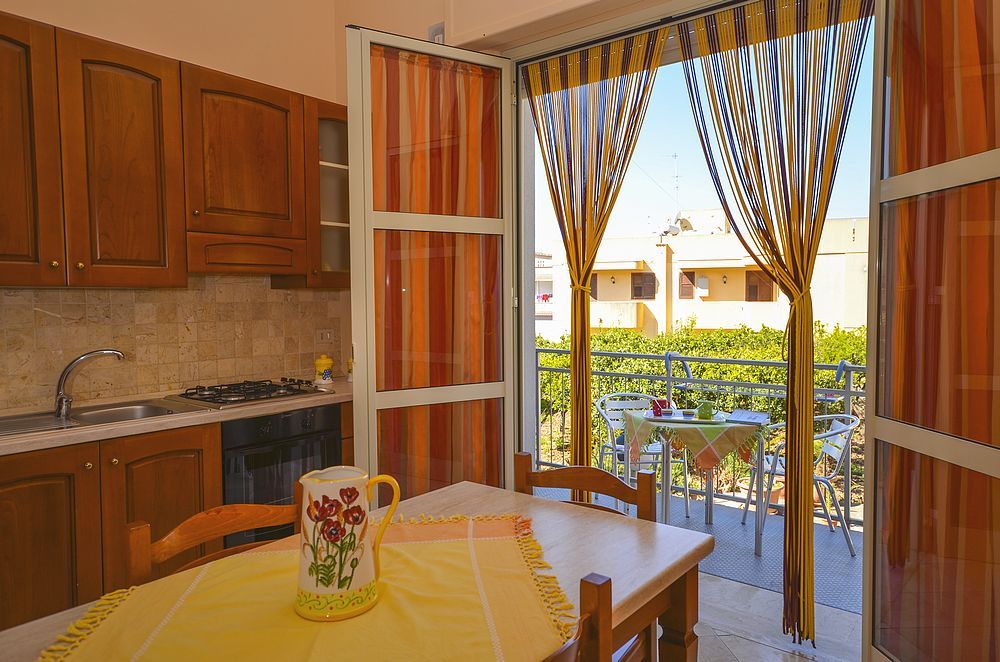

_7448.jpg)
